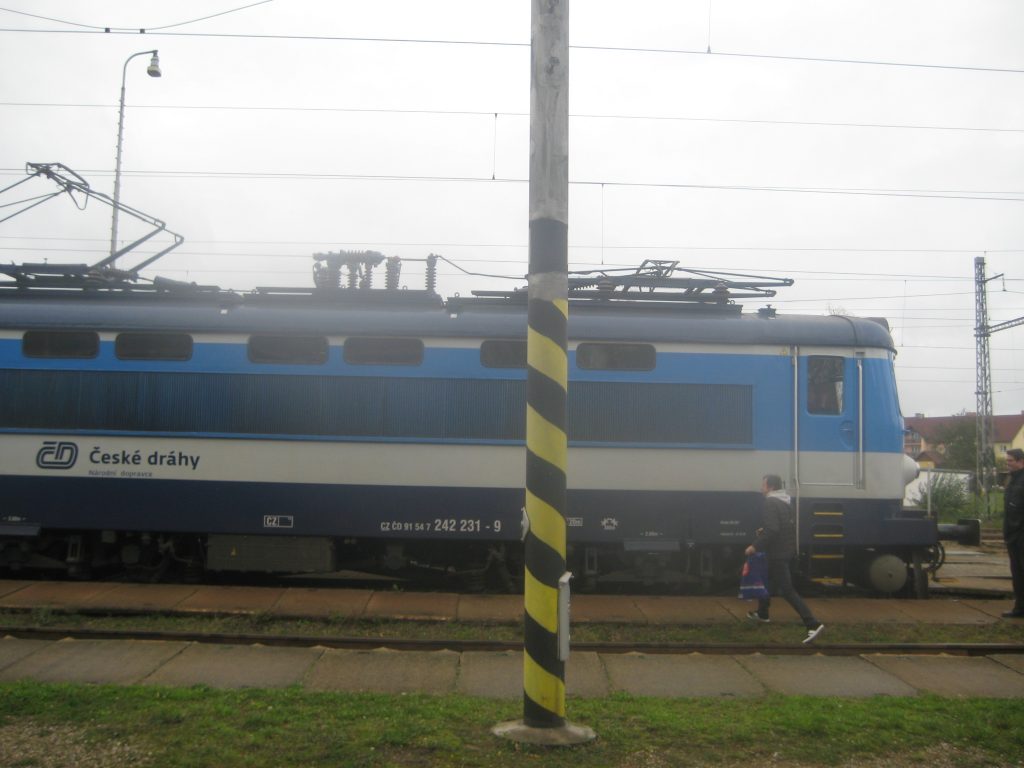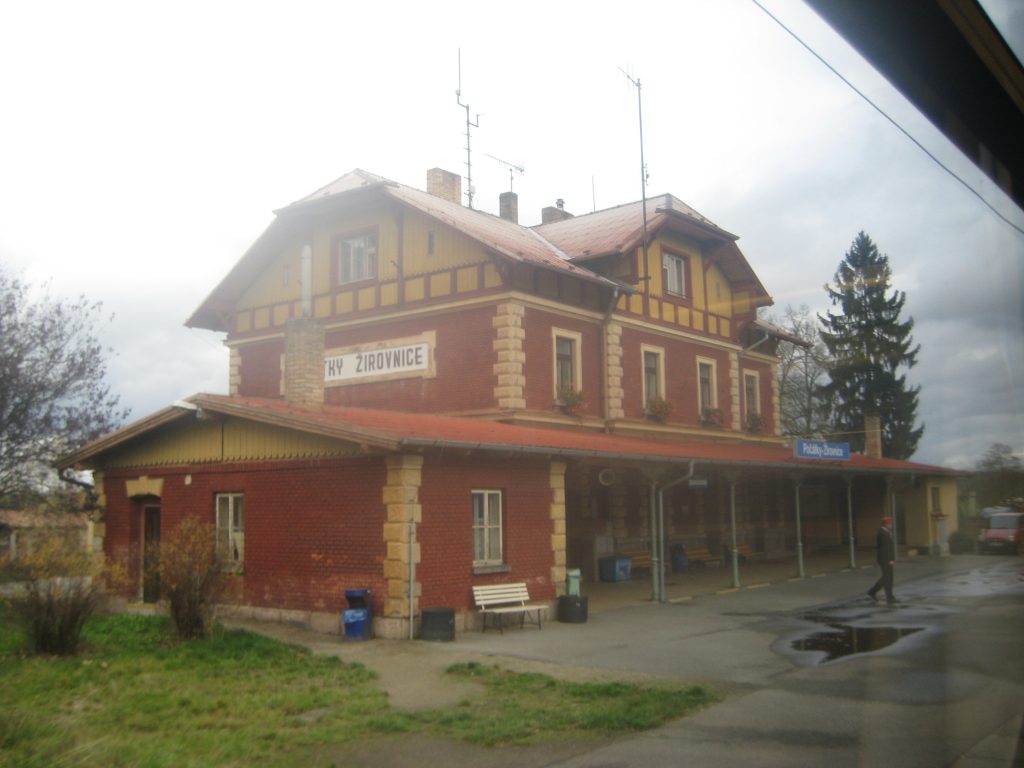I’ve finally made NihAV decode RealVideo 2 content, including B-frames (there are still 4 video codecs to support (and I don’t have any samples for RMHD) and all audio codecs too so it’s a long way) and so I have some more words to say about Rust and my experience with it.
To me it looks like the most decisions on decompositions in Rust are the consequences of annoyance of making it other way? Too large structures mean you have to either pass too many arguments into new() or fill it with some defaults (and I’m pretty sure that #derive[Default] won’t save you with more complex types) and initialise to sane values later. In result it’s easier to split everything into smaller structures which are (at least) subjectively are much easier to handle, especially if you reference them as Option<YourStruct>. Modules and imports, on the other hoof, are more annoying to manage since you have to take care of proper dependencies, visibility and imports—in result I find it easier to import all stuff from all modules and just keep comment out currently unused imports (because I still can’t bring myself to make it all a single mega-module). And now for the even higher level: crates. Yes, I’m going to beat that undead horse again.
First of all, I’m aware of incremental building enabled in nocturnal Rust but I’m not going to use nightly for rather obvious reasons (mostly because I’m not here to experiment with the all potential bells and whistles of the language but rather what it can offer right out of the box and how it suits my needs). So, the compilation times are horrible: when I change a single non-public function it rebuilds the whole crate (which is supposed behaviour, I know) and it takes 15 seconds to do that. Obviously it’s laughable for people doing “serious” projects but it’s basic fact that humans expect response (any response) in about five seconds after the action or they get impatient. In result instead of one crate with optional features (in my case decoders and demuxers) I’d rather have several smaller crates and that creates new issues too. There’s this obvious npm.js kind of issue of making packages for every small thing so your programs ends with more package dependencies than modern Linux distribution. But there’s also the issue with package splitting: I’d like to split my code into packages that encompass certain family of features—e.g. nihav-core for common stuff, nihav-avi for AVI demuxer, nihav-indeo for all Indeo codecs (audio and video) and nihav-realmedia for RealMedia demuxer and related codecs—then some of them may depend on some common package (like H.263 common core for Intel I.263 and RealVideo 1 and 2 decoders) but probably with different features requested (one of them does not need B-frame support, another one does not need PB-frame support). Since I don’t know quantum cargodynamics I don’t know how it will all be resolved. So it will either end in dead code or code duplication (in an additional crate too, I suppose).
My theory is that people behind Rust are biased by their development environment. In other words you don’t care much about compilation times when you have to build browsers (or compilers) on daily basis. While my main development machine is a laptop I bought in 2010 with 8GB of RAM (which I believed to be future-proof). So the Rust language designers might either have beefy machines to deal with fast compilation or be conditioned to long development cycles. I know that back in the day “start compiling Linux kernel and go make some coffee to pass 45 minutes of compilation time” was quite common but I guess it’s Jevons’ paradox all over again: the more computing power is there the more it’s wasted on compilation times. Like modern C++ or single-header libraries: you actually have to compile a very large corpus of code as single file. Back in the days my laptop with 64MB RAM was spending most of the time compiling libavcodec/dsputil.c (a monstrous file full of templates that old FFmpeg developers might remember even today) so I had to install more RAM in order to make compilation time reasonable. The solution was to split the file instead of upgrading the machines for every developer but nowadays it’d be seen as a ridiculous solution.
And now documentation. I find it rather poor (but that’s common with programming languages). If I know more or less what feature I want I can find it in the standard documentation (if I don’t I would complain about non-overlapping multiple &mut [range] borrows not working instead of using slice.split_at_mut()—and I did) but it does not really tell me what I should be looking for in the first place. I call it Excel complexity. In Excel there’s probably a function that does anything you want but it’s much easier to reimplement it yourself than to look up in the documentation how it’s called and what are its less obvious parameters. And even if you combine both The Rust Programming Language Second Edition and Rust By Example you still won’t get it right. Now that Rust aspires to be a JavaScript replacement it should take an example from it too: provide extensive overview how to do things in it instead of showcasing features. IMO in TRPLv2 there are two chapters—11 and 12—that are close to that ideal: they talk about testing and how to make a console program. In other words, good practical tasks that one would like to achieve with Rust (in other words, not so many people care about features per se, they want something done with a language: build multi-threaded application, parse Web server reply, make an efficient number cruncher etc etc). I can rant more about how it should be organised but nobody reads documentation including me.
There’s still this annoyance with tuples as such too: why I can’t declare let foo, bar; if baz { foo = 4; bar = 2; } else { foo = bar = 0; } and have to use two separate lets? why I can’t have let (foo, bar); if baz { (foo, bar) = (4, 2); } else { (foo, bar) = (0,0); } either? In result while named tuples are there I end up using only unnamed tuples.
So while Rust offers some nice things it has not a very nice way to shape development. And this also explains why C was so popular and still is: it does not enforce any particular behaviour on you (except in recent editions when the standard and compilers suddenly started to care about arithmetic and bit operations being non-portable—you might make your own CPU that does not use two’s complement arithmetic after all), no enforced coding style, you can compile code in any order you like and interface almost anything without special tools or wrappers. And the freedom it offered along with effectiveness is what is often lacking in more modern languages (the saddest thing is that it’s traded not for memory security but rather for sacks of syntactic sugar).
Anyway, I’ll keep experimenting and we’ll see how things will turn out. In either case I should start thinking about splitting NihAV into several crates, registering codecs and such. Too much work, too many opportunities to procrastinate!
 Typical locomotive
Typical locomotive A station somewhere between Jihlava and České Budějovice
A station somewhere between Jihlava and České Budějovice